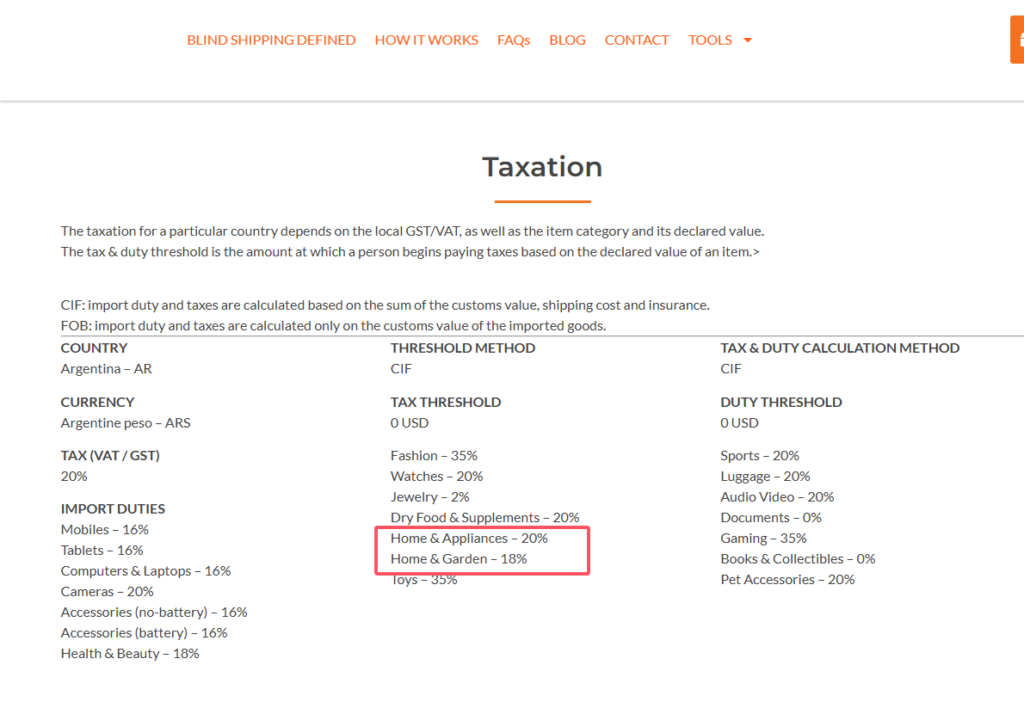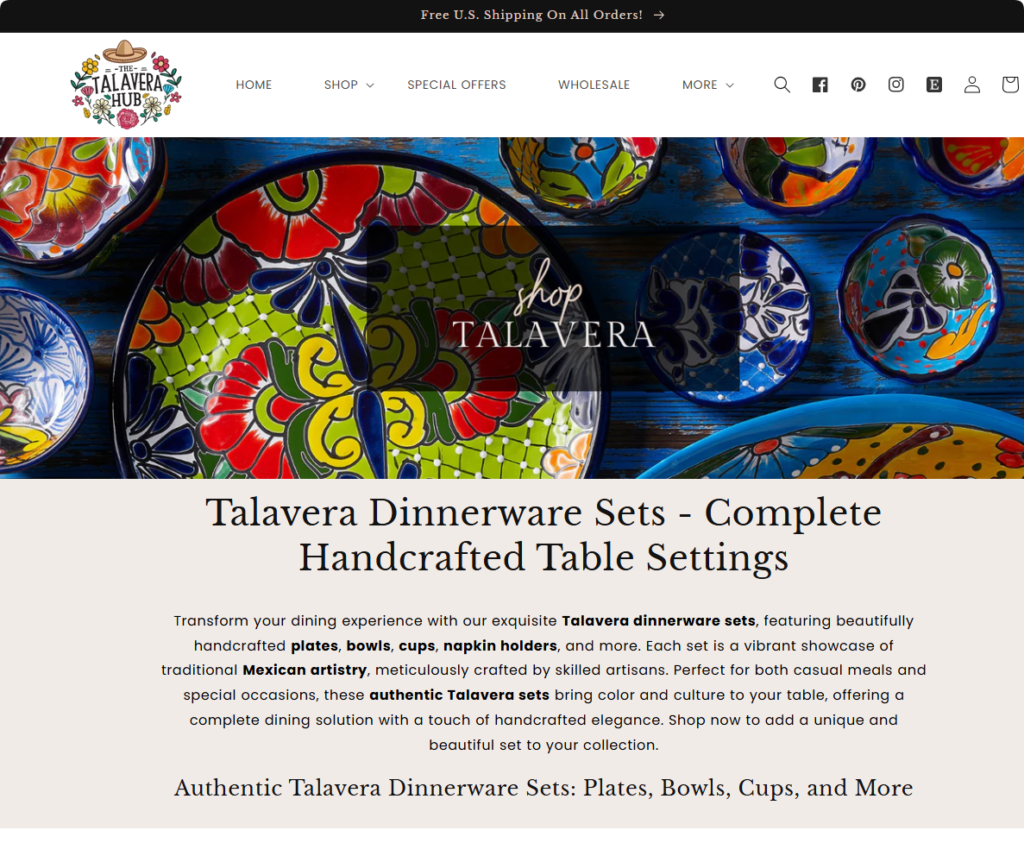South America is emerging as a dynamic market for kitchenware, driven by its diverse economies, cultural influences, and evolving consumer preferences. With urbanization accelerating and e-commerce transforming shopping habits, this region presents both opportunities and challenges for global suppliers. In this article, we delve into the economic and demographic landscape, key market trends, and actionable strategies to succeed in South America’s burgeoning kitchenware market.
1. Economic and Demographic Overview of South America
South America, comprising 12 countries, offers a unique mix of economic landscapes and demographic trends that significantly influence the kitchenware market.
1.1 Economic Growth
Countries like Brazil, Argentina, and Chile dominate the region’s economy, each contributing uniquely to kitchenware demand:
- Brazil: As the largest economy in South America, with a GDP exceeding $2 trillion and a population of over 200 million, Brazil boasts a robust middle class driving demand for affordable yet high-quality kitchenware.
- Chile and Peru: Though smaller in economic size, these countries are experiencing high growth rates, making them ideal for niche markets such as premium kitchenware.
1.2 Demographics
Urbanization is shaping consumer behavior across the continent. Over 80% of the population now resides in cities, creating demand for modern and compact kitchen solutions suitable for urban lifestyles.
2. Key Trends in the Kitchenware Market
The South American kitchenware market is evolving rapidly, influenced by consumer awareness, environmental concerns, and global culinary trends.
2.1 Shift Towards Sustainable and Eco-Friendly Products
Urban consumers are becoming increasingly conscious of their environmental impact. Ceramic kitchenware, known for its sustainability and durability, has gained significant traction as a preferred material.
2.2 Rise of E-Commerce
Platforms like Mercado Libre, Amazon, and regional players such as Americanas have transformed shopping habits, enabling international suppliers to connect with local consumers seamlessly. These platforms offer a gateway to tap into South America’s growing appetite for high-quality kitchen products.
2.3 Influence of Global Culinary Trends
Cooking shows and social media influencers have heightened consumer awareness of global kitchenware trends. Products such as ceramic dinnerware sets and mugs that combine aesthetics with functionality are increasingly in demand.
3. Opportunities and Challenges for Suppliers
While the South American market offers immense potential, understanding its opportunities and challenges is crucial for success.
3.1 Opportunities
- Customization and OEM/ODM Services: Local businesses value personalized designs that reflect regional tastes. Suppliers offering customization options can tap into this demand.
- Affordable Pricing: Price-sensitive consumers in South America appreciate economical products that do not compromise on quality.
3.2 Challenges
- Import Tariffs and Taxes: Countries like Argentina impose high import duties, which can inflate prices and deter consumers from purchasing foreign products.

- Supply Chain Issues: Remote areas with underdeveloped infrastructure pose distribution challenges, making partnerships with reliable logistics providers essential.
4. Market Insights: Consumer Preferences
South America’s cultural diversity is reflected in its varied consumer preferences for kitchenware. The table below highlights key differences across major markets:
| Factor | Brazil | Argentina | Chile | Peru |
|---|---|---|---|---|
| Preferred Material | Ceramic, Stainless Steel | Glass, Ceramic | Ceramic, Wood | Ceramic, Aluminum |
| Popular Products | Dinnerware, Mugs | Cooking Pots, Cutlery | Bowls, Serving Plates | Non-stick Pans, Mugs |
| Design Preferences | Bright Colors, Patterns | Minimalist, Neutral Tones | Rustic, Natural Finishes | Vibrant and Folk-inspired |
| E-commerce Usage | High | Moderate | High | Moderate |
Key Takeaway: Suppliers should tailor their product offerings to align with the specific preferences of each country to maximize market penetration.
5. How Global Suppliers Can Succeed in South America
For global suppliers aiming to establish a foothold in South America, the following strategies are essential:
5.1 Build Strong Local Partnerships
Collaborating with local distributors not only streamlines market entry but also ensures compliance with regulations and enhances brand credibility.
5.2 Focus on Localization
- Adapt product designs to resonate with local cultural preferences. For instance, bright colors appeal to Brazilian consumers, while minimalist designs are preferred in Argentina.

- Translate product descriptions and marketing materials into Spanish and Portuguese to connect with local audiences effectively.
5.3 Invest in Digital Marketing
Leverage popular social media platforms like Instagram and Facebook, which enjoy widespread usage in South America, to promote products through targeted advertising and influencer collaborations.

5.4 Offer Flexible Order Quantities
Given the diversity of businesses in South America, offering both small-batch OEM services for niche markets and large-scale ODM production for major retailers ensures broader market coverage.
6. Navigating South America’s E-Commerce Landscape
To thrive in the region’s growing e-commerce ecosystem, suppliers must prioritize the following:
- Leverage Leading Platforms: Utilize platforms like Mercado Libre, Americanas, and Falabella to reach a broader audience.
- Optimize Logistics: Partner with local logistics providers to ensure timely and cost-effective delivery, addressing infrastructure challenges in remote areas.
7. The Role of EKA in South America’s Kitchenware Market
As a leading Chinese ceramic production factory, EKA is well-positioned to meet the needs of South American B2B clients. Here’s how EKA can deliver value:
- OEM/ODM Expertise: Whether it’s small-batch orders for boutique retailers or large-scale production for supermarkets, EKA’s capabilities cater to a wide range of client requirements.
- Customization: EKA’s ability to provide tailored designs ensures products align with regional trends and consumer preferences.
- Sustainability: EKA’s eco-friendly production processes resonate with South America’s growing focus on sustainability.
- Competitive Pricing: By leveraging China’s efficient manufacturing ecosystem, EKA offers high-quality products at competitive prices.
Conclusion: Unlocking South America’s Potential
South America’s kitchenware market is a mosaic of opportunities and challenges. By understanding the region’s economic landscape, consumer trends, and e-commerce dynamics, global suppliers can craft strategies to thrive in this vibrant market.
For B2B buyers seeking reliable partners, EKA offers the expertise, flexibility, and commitment to quality needed to succeed in South America. Whether you’re looking to source customized ceramic dinnerware or scale your kitchenware offerings, EKA stands ready to support your business goals.

